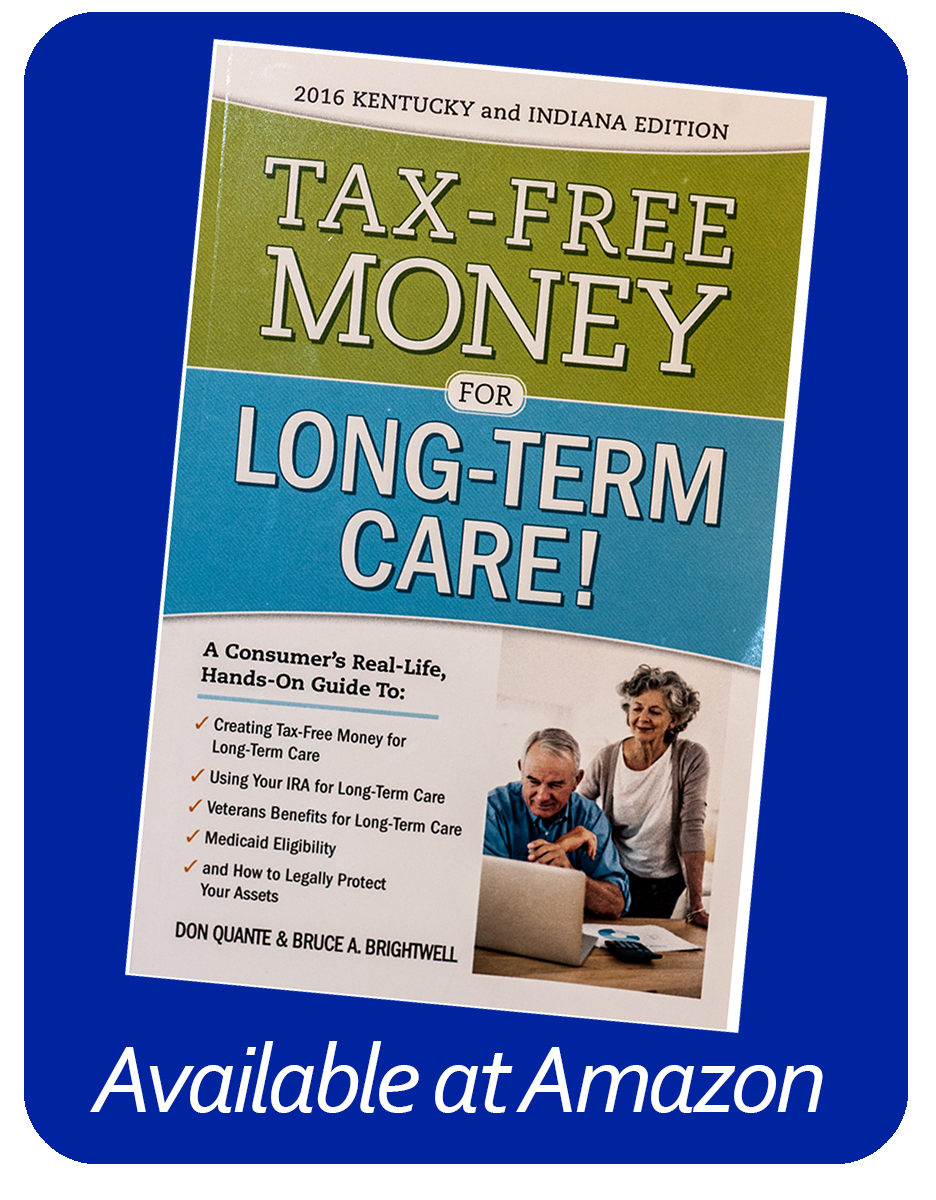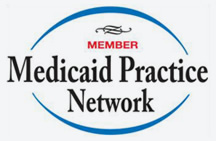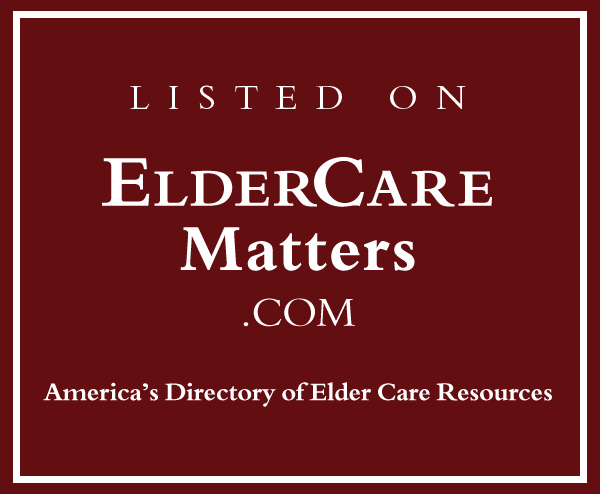When a person ages, concerns about paying for long-term care increase. Long-term care can include home health care, adult day programs, independent living facilities, assisted living facilities and nursing home care. Traditional ways to pay for care include personal savings, “traditional” long-term care insurance, Veterans benefits and Medicaid benefits.
Traditional long-term care insurance is not being purchased as expected. Common reasons for this include: annual premiums are too expensive, if you don’t use the policy then you lose all the money you invested in it and surviving family members do not inherit it, and the perception that long-term care will not be necessary. In reality, one in every two people (50%) will need long-term care assistance.
Due to the strain on Federal and State budgets because of the use of Medicaid, the federal government has created very attractive tax incentives and options for people to leverage their own funds to pay for care. Two specific examples include:
1.Pension Protection Act of 2006, the significant section of which became effective on January 1, 2010, where in a person who owns a current annuity can convert it to a Pension Protection Act annuity that has contains a long-term care fund. For example, Mary owns a $100,000 deferred annuity. If she needs care in the future, she will withdraw funds from the annuity, dollar-for-dollar. Any interest withdrawn is taxable income. Once the $100,000 is depleted, other sources will be necessary to pay for care. Mary can convert the annuity into a Pension Protection Act long-term care annuity turning $100,000 into $300,000 for long-term care purposes, all of which being withdrawn for care purposes is tax free. (This example is fictional and all figures are based solely on the individual factors of each applicant).
2.Planning Strategies with Retirement Accounts. When a person owns a retirement account and dies leaving the account to children, the children must pay up to 30% in taxes on the account. To incentivize people to use retirement funds for long-term care purposes, the Internal Revenue Code (tax code) now includes provisions wherein a person can roll all or a portion of a retirement account into a life insurance policy with long-term care rider. All money withdrawn for care is tax free. Additionally, any amount not used for care that is distributed to beneficiaries upon death is also tax free, potentially increasing the inheritance by 30% or more. Most importantly, if the person does not use the funds for care, the asset is not “lost” and is payable to beneficiaries.
Because people are not aware of these options, they often wait for a crisis, spend down assets needlessly and then seek other resources such as VA and Medicaid benefits.
At Brightwell Elder and Probate Law, we can have a free financial assessment performed to determine if your situation is a good fit for asset leveraging and tax savings. To discover if you can benefit from these opportunities, please contact the office at 812-542-0007.





